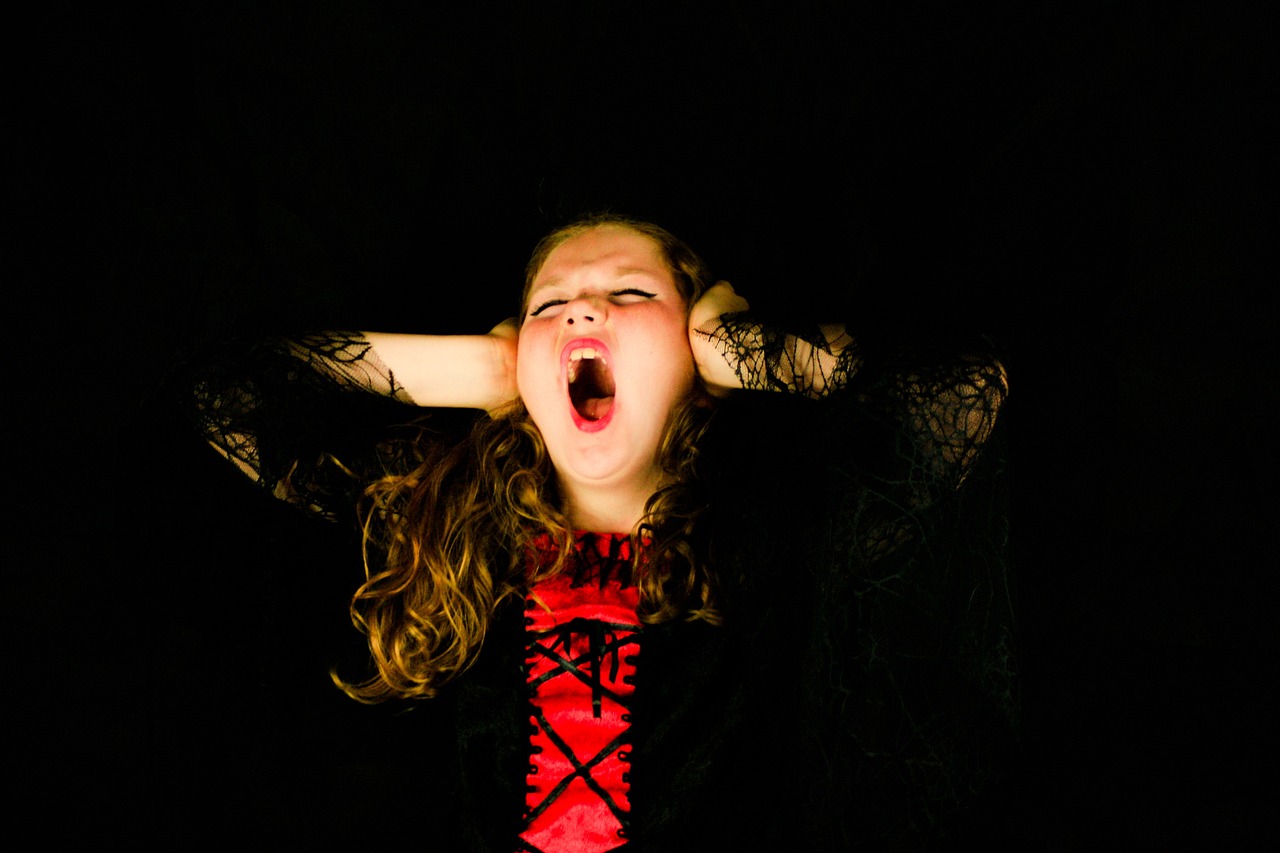Fall has arrived. We see it in the return of pumpkin spice and the fiery reds and oranges of the slowly changing leaves.
With the arrival of fall, we move in earnest into the school year. Parents are busy maintaining school, sleep, meal, and sometimes sports schedules while children are left to navigate the ups and downs of the school day.
Some children will settle blithely into their scheduled activities with little or no fuss. For others, parents may see more meltdowns and tricky behavior emerge as children move throughout their days. Although emotional dysregulation affects many children, it is more common for children classified as having a disability.
According to the National Center for Education Statistics (2023), 7.3 million or 15% of students in the United States enrolled in school during the 2021-2022 school year were reported to have some disability. They found that of this population, 65% were male and 34% were female.
They found that the highest percent of these students – 19% – had speech or language impairment; 15.4% had other health impairments; 12.2% had autism; 6.7% had a developmental delay; 5.9% had an intellectual disability; 4.6% had an emotional disturbance; and 1.7% had multiple disabilities (National Center for Education Statistics, 2023). Hearing impairments and orthopedic impairments were 1% and less than 1%, respectively (National Center for Education Statistics, 2023).
Given these numbers, many parents and students face unique challenges, and among them is emotional dysregulation. Emotional dysregulation can look like a child being disproportionally upset over regular blips during the school day or throwing temper tantrums that last longer than another child’s. Children with Attention Deficit Hyperactivity Disorder (ADHD) or Autism can fall into this category.
To cope, parents and teachers can take advantage of research that shows how to help children get through these tough times and achieve the quality of life they deserve. For instance, researchers found that teachers adhering to specific classroom strategies had fewer instances of disruptive behavior.
In their article, “Preventing Challenging Behavior: 10 Behavior Management Strategies Every Teacher Should Know,” Sobeck and Reister (2020) offered evidenced-based behavior strategies for teachers.
Opportunities for Choice
Among the approaches, they discussed enabling choice for kids experiencing challenges throughout the day. The authors say that allowing children to choose their sequence of tasks, for example, still complete tasks but feel they have some agency in the classroom.
The children offered choices in the classroom stayed on task longer, developed self-regulation skills, behaved better in social situations, and were more able to motivate themselves (Sobeck & Reister, 2020, p. 2).
Predictable Environments
Another strategy included creating a predictable environment that helps children to trust and feel more engaged. Sobeck and Reister (2020) point to visual charts and timers as practical tools children can use.
Consistent Attention
Teacher attention provided through regularly scheduled check-ins allows children to interact with students with challenging behavior before the behavior starts. Sometimes, children can exhibit challenging behavior to get their teacher’s attention, and regular check-ins were shown to reduce problematic behavior (Sobeck & Reister, 2020).
At home, parents and caregivers can arm their children with skills to help with reactivity and aggression at school and in their personal and family interactions.
Mindfulness
An intervention strategy that has shown success is the integration of mindful exercises that may include deep breathing techniques. For instance, children can be encouraged to take deep breaths when overwhelming or aggressive feelings come on. These deep breaths work to fool the body into calming, which, in turn, calms the mind, experts say. Mindfulness can take the child out of the reactive moment by distracting them with the physical world before them (Boxmeyer, 2021). Children can be encouraged to name the items in their environment and what they get through their five senses. Mindfulness makes the child more present and gives the time to step back from a quick response and engage in more thoughtful behavior.
Body Health
Ensuring good sleep patterns and the inclusion of probiotics can also help. Digestion has been seen to impact the chemistry behind reactivity in ADHD children, and researchers have seen positive effects from their inclusion in a diet (Payen et al., 2022).
Professional Help Therapy can also help shed light on the root causes of aggression and misbehavior. Experts suggest enlisting the help of a child therapist in these cases. A therapist can help children work through their feelings and provide a roadmap for healthy emotional management.
Emotional regulation can be complicated for many. Here is a short list that can help the child in your life through emotional challenges.
- Encourage Mindfulness: Ask the child to stop and name the items in their environment.
- Breathe Deep: Breathing exercises calm the body, which calms the mind.
- Ensure Restful Sleep: Emotional dysregulation can be heightened by a sleep deficit.
- Gut health: Ask your doctor about incorporating probiotics into a child’s diet.
- Therapy: Get to the root of dysregulation by talking with a professional.
We are here to help! For more information or to talk to a professional about emotional dysregulation or challenges, reach out to Breathe Easy here to find a therapist who can provide a toolkit.
References
Boxmeyer, C. L., Miller, S., Romero, D. E., Powell, N. P., Jones, S., Qu, L., Tueller, S., & Lochman, J. E. (2021). Mindful Coping Power: Comparative Effects on Children’s Reactive Aggression and Self-Regulation. Brain sciences, 11(9), 1119. https://doi.org/10.3390/brainsci11091119
National Center for Education Statistics. (2023). Students With Disabilities. Condition of Education. U.S. Department of Education, Institute of Education Sciences. Retrieved October 2, 2023, from https://nces.ed.gov/programs/coe/indicator/cgg.
Payen, A., Chen, M. J., Carter, T. G., Kilmer, R. P., & Bennett, J. M. (2022). Childhood ADHD, Going Beyond the Brain: A Meta-Analysis on Peripheral Physiological Markers of the Heart and the Gut. Frontiers in endocrinology, 13, 738065. https://doi.org/10.3389/fendo.2022.738065
Sobeck, E. E., & Reister, M. (2020). Preventing challenging behavior: 10 behavior management strategies every teacher should know. Preventing School Failure: Alternative Education for Children and Youth, 65(1), 70-78.





